On August 12 Ukrainian forces fell back from the eastern outskirts of the town of Niu York in Donetsk. This was symbolically significant. By falling back at Niu York the Ukrainians conceded the last piece of the pre-war contact line they had held in Donbass since 2014.
That’s right. For 900 days Ukraine still hadn’t been pushed back along the entire pre-war front. It took Russia nearly 2.5 years to push Ukraine at least a few hundred yards from the entire prewar fortification line.
If you had that on your bingo card on February 24, 2022, give yourself a big, deserved, pat on the back.
Just two weeks later another symbolically significant event took place in a different sector. On August 30th Russian forces completed the capture of Novogrodivka in fighting that had taken three days.
Remarkably the fighting for this town of 14000 people (prewar) was so brief and light, that the town was miraculously captured largely in-tact, without being turned into moonscape by Russian artillery, and glide bombs as is the norm.
This is the first time since spring 2022 that the Russians have been able to capture a town (a settlement of 4000 people and up) without leveling it to the ground! The first such event in 28 months!
#BREAKING 🇷🇺🇺🇦 Russian channels report they have reached the center of Novohrodivka, in the Pokrovsk direction.
In the 2nd video, you can see Russian assault forces in the town, take out a Ukranian tank in close range, with an RPG. The tank tracks get knocked out as it glides… pic.twitter.com/ZcA2RjYLxB
— Heyman_101 (@SU_57R) August 23, 2024
Moreover, since taking Novogrodivka, the Russians have entered an even bigger town — Selidovo, 21000 people prewar — and are making fast progress there so far as well. This in addition to half a dozen villages they have taken over in the area in just the past week.
“The fight for the city would best be described as a confusing mess, a mishmash of Ukrainian units with no clear defensive plan being attacked by numerous small Russian assault groups, who have rushed deep into the settlement.”
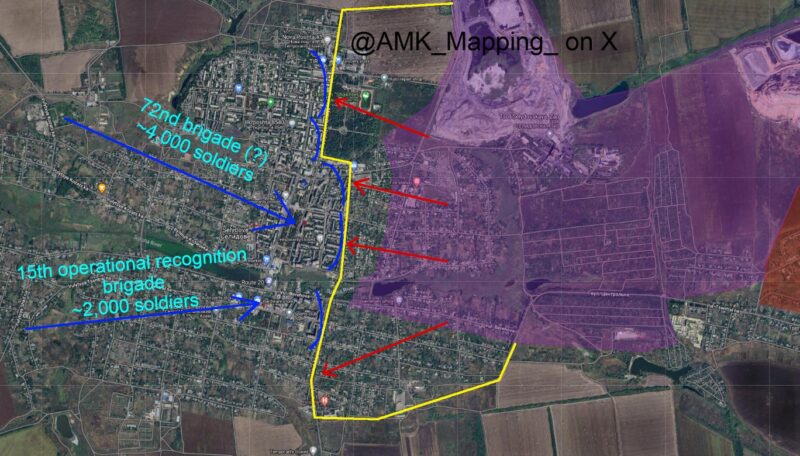
Up to two brigades (72nd and 15th) may be on the way to reinforce Selidovo but probably won’t be deployed with full complement of men but merely the elements of (so far fewer than 6000 men)
The Ukrainians then are experiencing something of an unraveling in this sector of the front (the Pokrovsk direction). Previously able to trade tiny amounts of space for copious amounts of time, forcing the Russians into prolonged bloodletting for every treeline and field, and allowing only glacial Russian progress, the control of events has slipped away from the Ukrainians who are now struggling to contain the more numerous Russians with depleted units, that are struggling (and failing) to coordinate with each other and command.
The Russians now flooding in at what I would deem a turtle pace (a gear above snail pace and two gears above glacial pace) is the culmination of nearly one year of attritional fighting in the sector that kicked off with the battle for Avdiivka last October, and then continued tiptoeing westward through Berdichi, Ocheretino, and Progres, causing tens of thousands of Russo-Ukrainian deaths.
Russian advance in the Pokrovsk/Toretsk area since 01JUL2024 pic.twitter.com/WHyjADuxav
— Preston Stewart (@prestonstew_) August 30, 2024
Aside from the attrition taken, the Ukrainian manpower crisis in Pokrovsk is also the result of Kiev inexplicably procrastinating on the second wave of mobilization. The relevant bill wasn’t signed until April 2024, and didn’t come into effect until May, albeit Ukraine’s chief soldier was already speaking of the urgent need for it in November 2023. — Instead of giving Zaluznyi what was obvious to everyone was needed, Zelensky fired him instead.
Another small blessing for Russians on the Pokrovsk axis came earlier this month when Ukrainians launched their surprise offensive into Russia’s Kursk province. To do so the Ukrainians had used their remaining reserves, but also pulled experienced units from the Donbass front, including from the embattled Pokrovsk sector.
The Ukrainian “Kursk” offensive caused the diversion of some Russian airpower and shell expenditure from the primary theater in Ukraine, the Russians also eventually pulled some units from Zaporozhye and Kharkov, but they stubbornly resisted diverting any ground forces from the Pokrovsk axis which has been their main effort for nearly a year now.
In May the Russians launched an offensive into Kharkov, with a view toward overstretching Ukrainian forces, and diverting them from the main battlefields in the south. It is ironic that after the Russians were only marginally successful at this, the Ukrainians launched a similar cross-border offensive of their own, one that was far more successful and impressive tactically than the Russian one, but which fulfilled the Russian strategic goal of thinning out veteran Ukrainian units from Donbass better than Russia’s own.
With the benefit of hindsight it looks like Zelensky and Sirsky not waiting another month to launch Kursk was a blunder. Ukraine’s new mobilization law came into effect on May 18, which puts the arrival of first trained reinforcements from late August to mid-September. Instead, Kiev hurled into Kursk on August 6. Had it waited six weeks, it may have had enough forces to do Kursk and prop up the Pokrovsk delaying action at the same time.
A major breakthrough for the Russians came in late July when they were able to take the village of Progres. This meant they had a breach in the strongest Ukrainian defensive line running north-south along the Vovcha river. It took the Russians weeks to expand the breach and push through, but now as they wheel to south much of the fighting has them falling upon Ukrainians from behind their main defensive line, and the latter unable to cope.
Previously the Russian caught a lucky break in April when the Ukrainians botched a unit rotation, allowing the Russians to move in into the village of Ocheretino unopposed, a Russian gain that then kept the Ukrainians off balance for weeks. Outside of a few such incidents however, the fighting has been extremely bitter and wasteful, with sometimes several hundred dead in a single treeline over the course of weeks, as was the case in Berdichi, one of the most blood-soaked places of the entire war.
Continued Russian advance west would take them into Pokrovsk, a town that is a very significant transport hub for the Ukrainians, and alongside Slavyansk and Kramatorsk is the last large town in Donbass not in Russian hands. Together with neighboring Mirnograd with which it is merged Pokrovsk had some 110000 people prewar.
Meanwhile the Russians going south or southeast would threaten to envelop and collapse the entire Ukrainian front down to Ugledar.
Of course, it is precisely at this point that the Russians have breached the main Ukrainian line, are inside the Ukrainian perimeter, with the Ukrainian front unraveling, and their reserves depleted, that would be the perfect moment to send in a mobile Combined Arms Army of say 50,000 rested men in mobile units to drive deep into the Ukrainian rear and cause a strategic-level Ukrainian collapse. However such a force simply does not exist on the Russian side. The Ukrainian force is exhausted and at Pokrovsk near the breaking point, but the Russian force is also nearly as exhausted.
Albeit Russia has five times the population of Ukraine, the peculiar recruitment process under Putin (ban on conscript use and no mobilization) nets only slightly more soldiers than what Ukraine can field, causing the war to be fought at near parity personnel-wise, naturally leading to a prolonged, bloody stalemate. Specifically, the fighting produces about 120 dead on both sides daily (240 in total) but with very little to show for it other than 18000 kilograms of human remains.
Having produced a slight numerical advantage through 10 months of attritional fighting, the Russians at Pokrovsk are showing how much easier and more fluid the fighting can be with just a small numerical advantage. Yet an infinitely bigger numerical advantage could be created if Russia simply matched Ukrainian levels of mobilization, yet this is not done.

The opportunity exists (has been carved out at a steep price) but forces to take advantage of it do not. Thus no big payoff for months of human meat shredder
While the Russians are now making “turtle-paced” progress (up to 30 km2 daily) which relative to the previous “glacial” progress (5 km2 daily) is much more impressive, the year of 2024 was always going to be one in which the Russians held initiative. The Russians entered 2024 with slightly more men in the field, and with Ukraine additionally hampered with a delay in US aid and a delay to mobilization bill at home.
Despite this 2024 will pass without Moscow attaining even its minimal war goal of capturing the remainder of Donbass. Slavyansk and Kramatorsk, the cradles of the 2014 revolution, remain under Ukrainian control, and aren’t even particularly threatened. (To say nothing of Zaporozhye and Kherson which Putin also supposedly “annexed” to Russia in September 2022.)
But what is the extent of possibilities around Pokrovsk, and what will decide the outcome? In the immediate the deciding factor will be how successful Kiev’s mobilization drive since May 18 has been. If the result is that many useful units are being created then within weeks we could see the situation stabilized and returned to the old status quo of controlled trading of space for time. If instead Ukrainian mobilization and training efforts have become broken, we could see Ukrainian forces expelled from the entire central Donetsk region by year-end. The outcome of the battle will reveal the answer to the much more important question — which side is adding more men to the field faster.
The Ukrainian formations in the Nevelske-Krasnohorivka salient are going to be cut off in the next few days if they don't withdraw now. They only have one remaining supply route left, significantly complicating logistics. Russian forces – who have likely captured the village of… pic.twitter.com/b0ellcpWXI
— AMK Mapping 🇺🇦🇳🇿 (@AMK_Mapping_) September 1, 2024
*Pokrovsk’ name until 2016 “decommunization” was Krasnoarmeysk (Red-Army-town)
15 armed men arrived and stopped referendum in Krasnoarmeysk. Very tense. People shouting. pic.twitter.com/IvcAQ51jBV
— Simon Kruse (@crusoes) May 11, 2014
Cars w pro-ukr militia surrounded by crowd and forced to leave. Pro-ukr still control admin bldg of krasnoarmeysk. pic.twitter.com/yG7HxMAPcl
— Simon Kruse (@crusoes) May 11, 2014


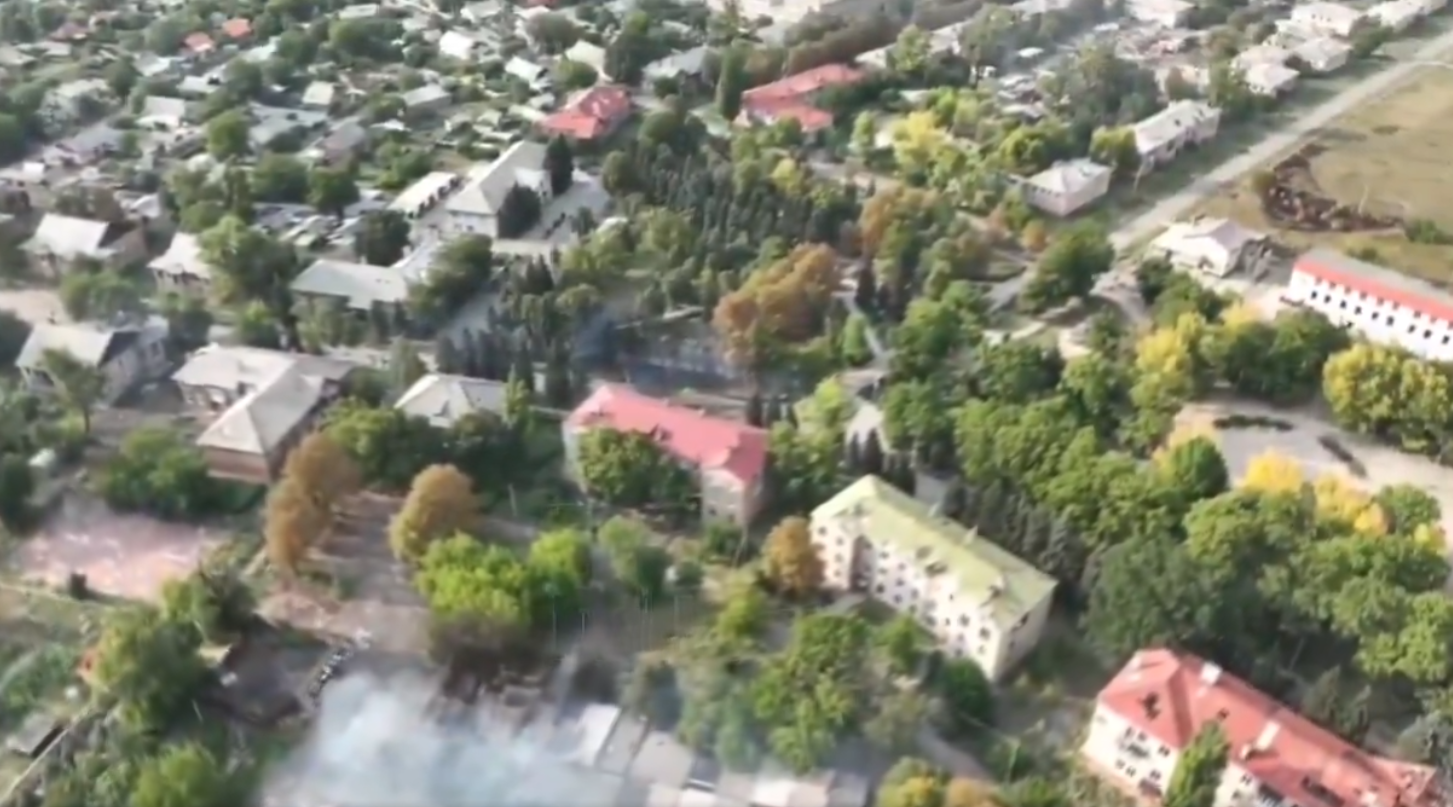


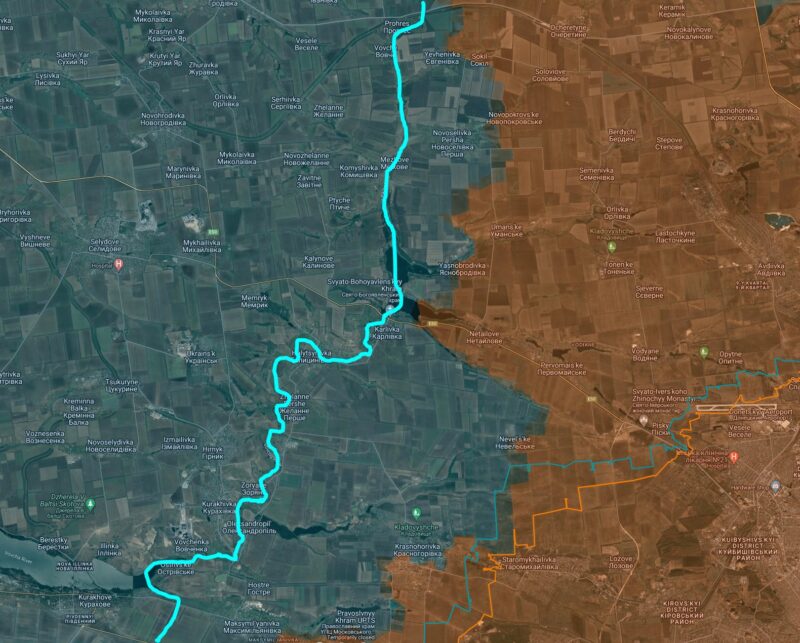


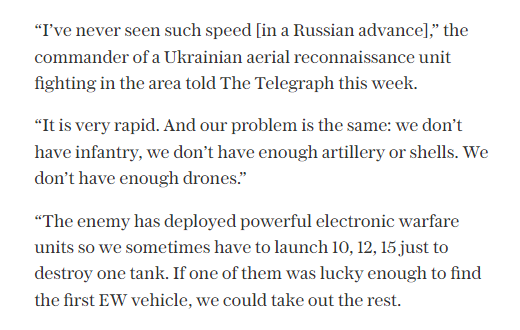
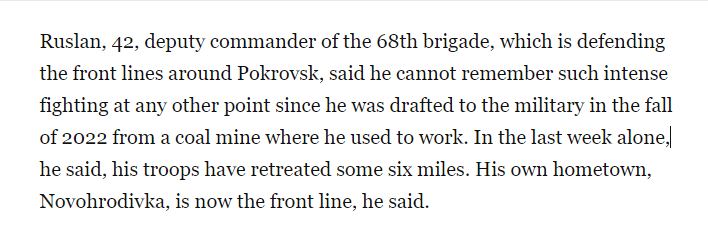
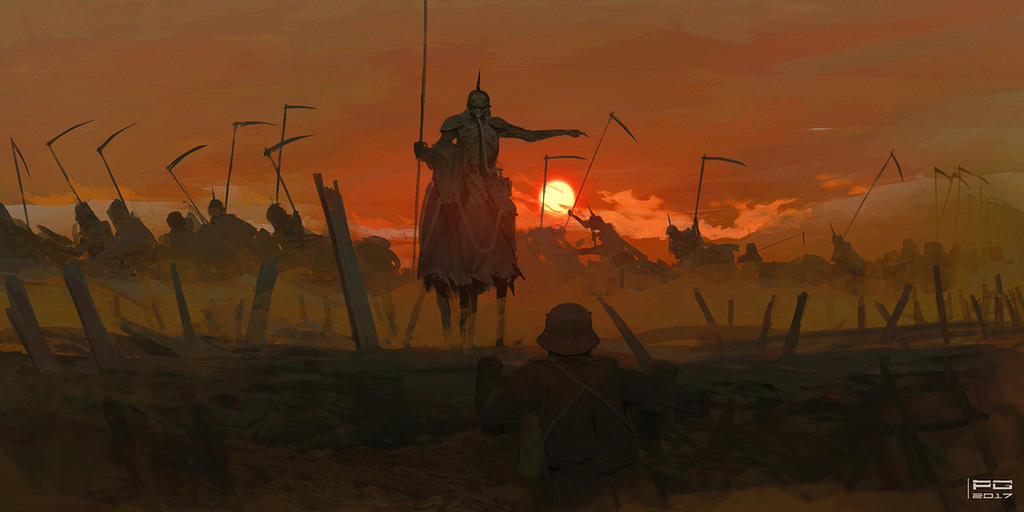
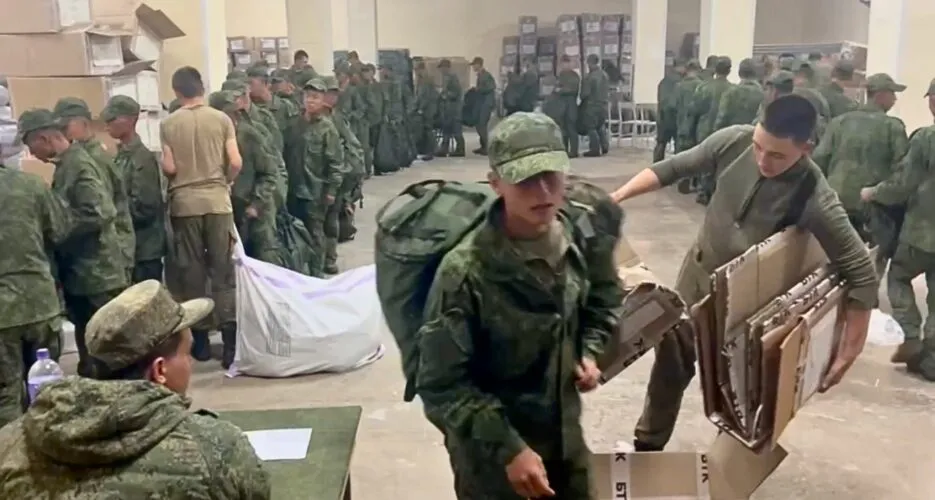
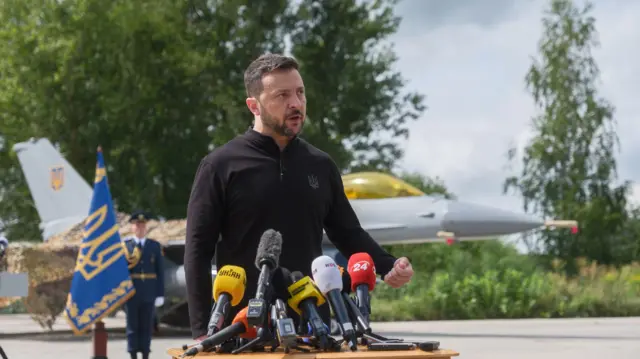
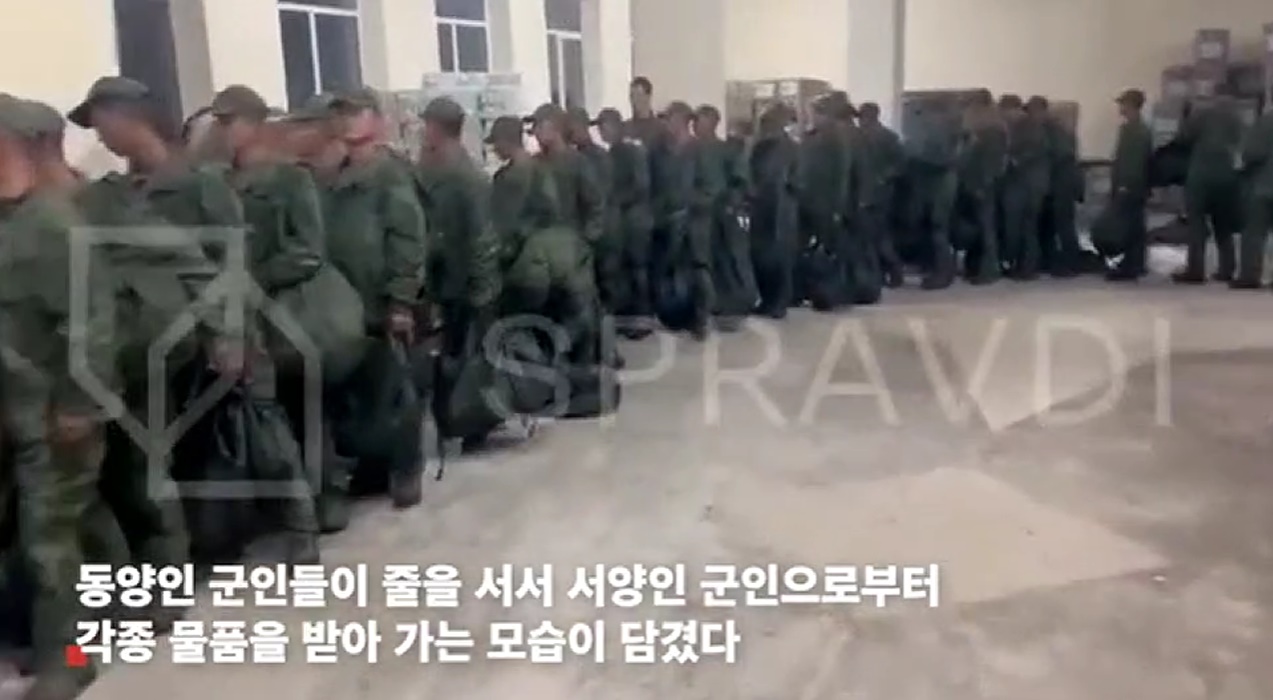
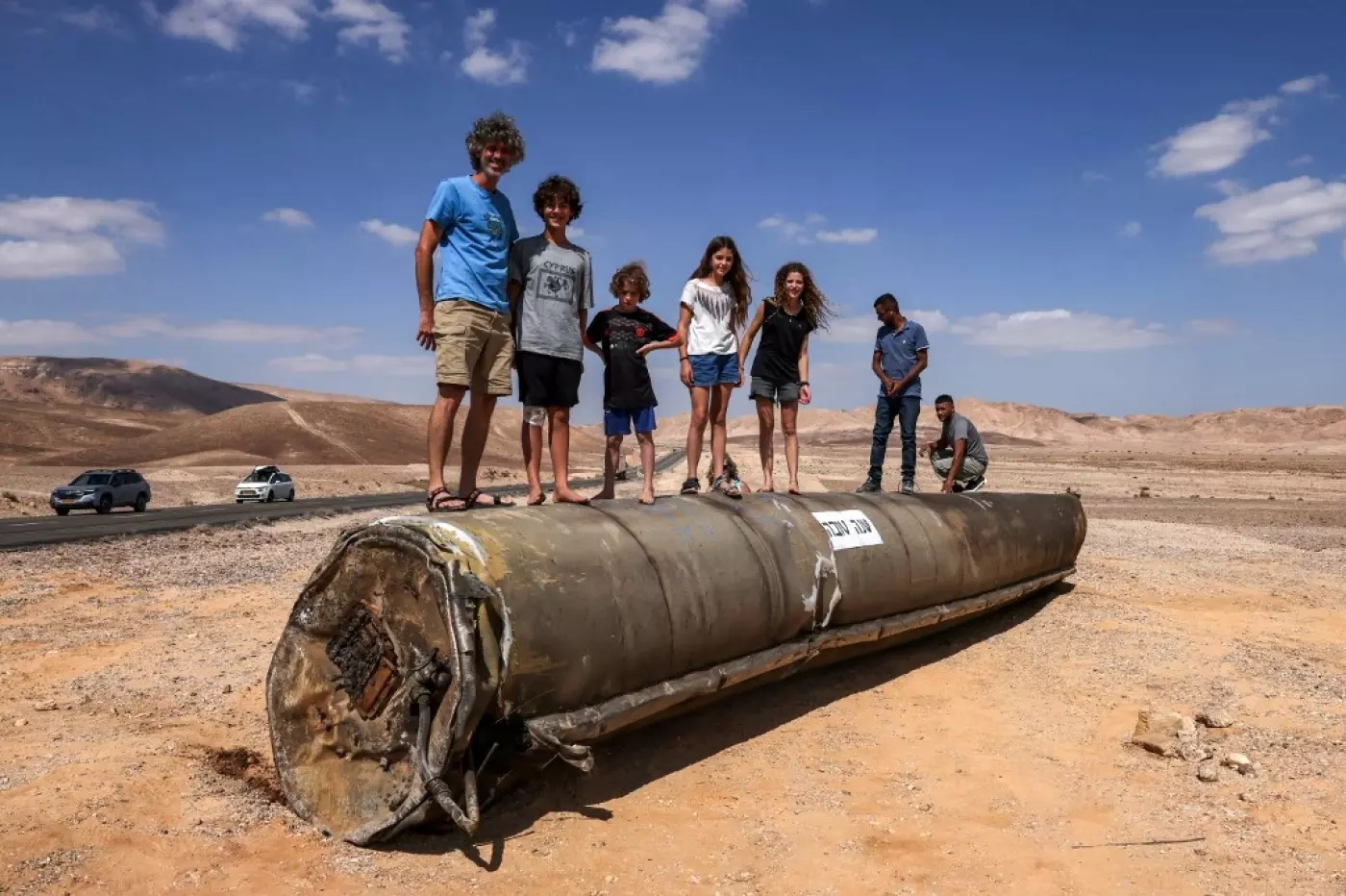
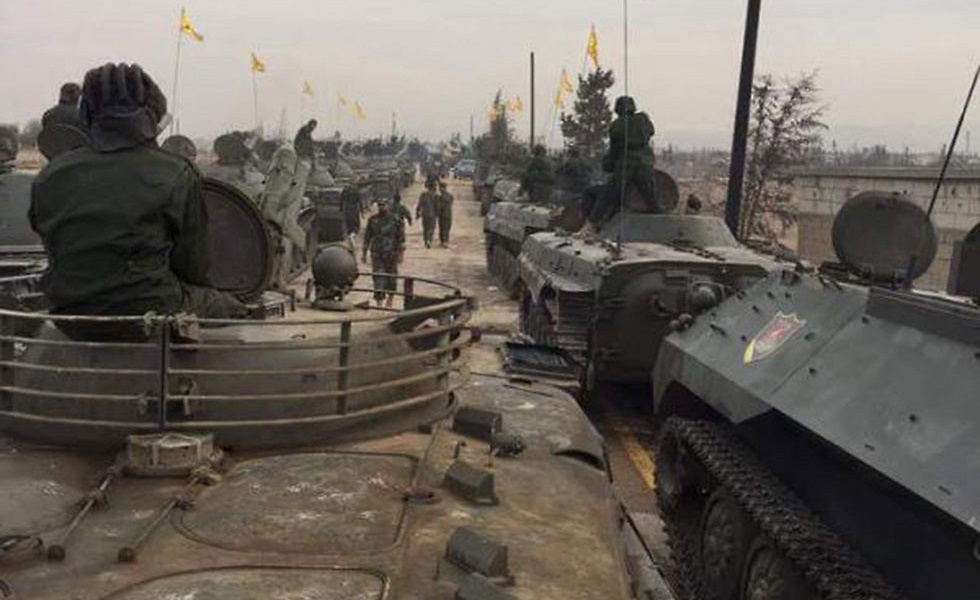
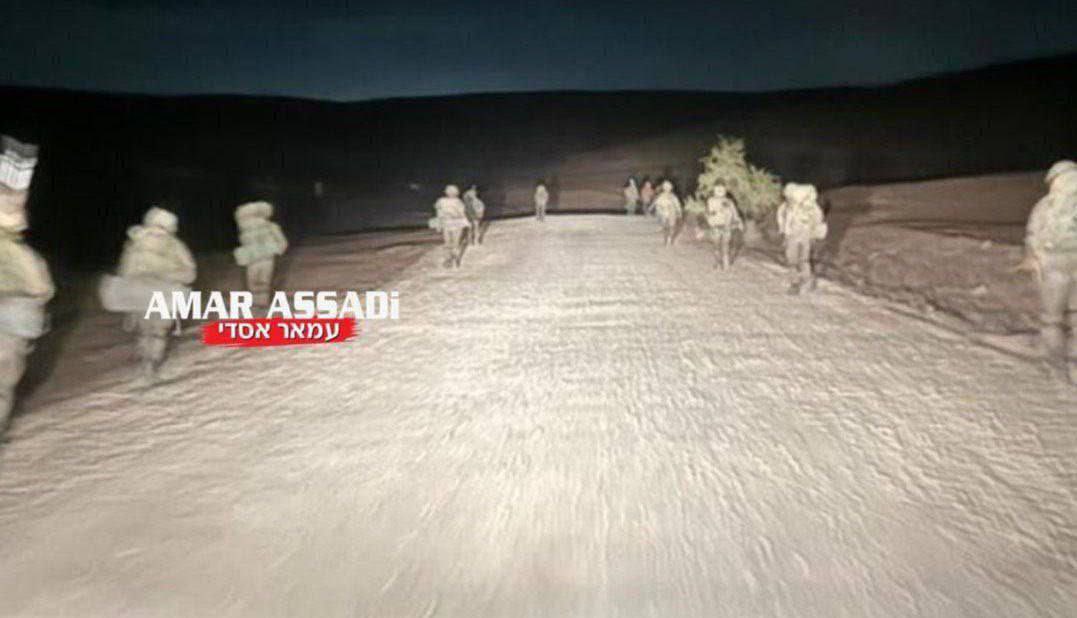
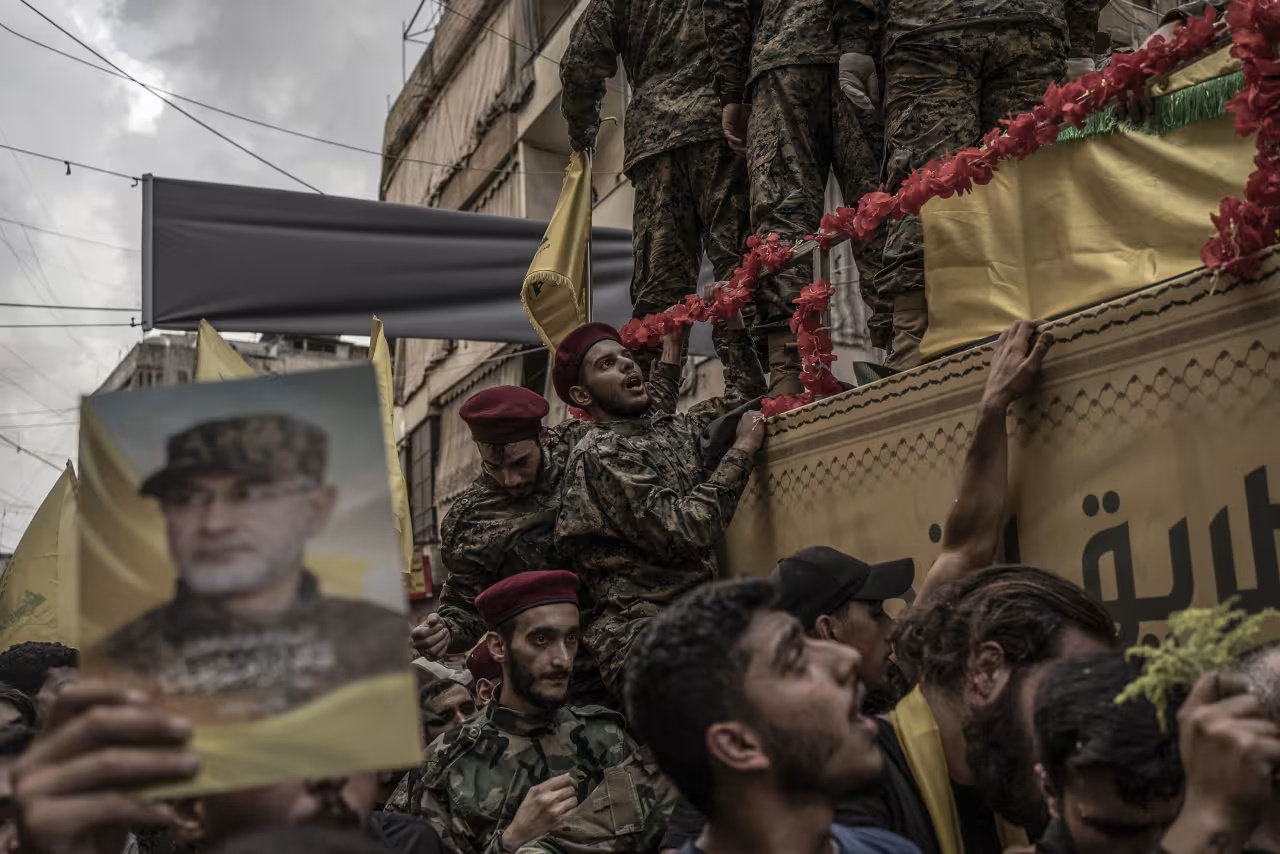
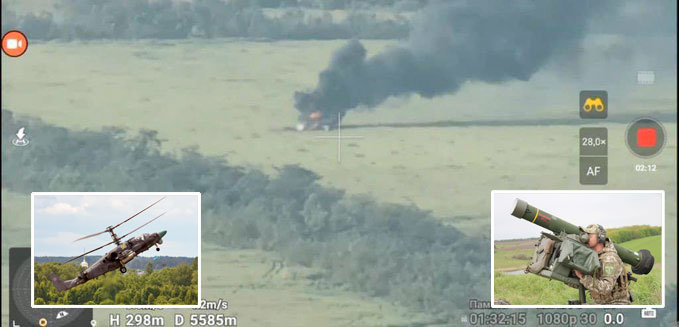

One comment
test
By submitting a comment you grant Free West Media a perpetual license to reproduce your words and name/web site in attribution. Inappropriate and irrelevant comments will be removed at an admin’s discretion. Your email is used for verification purposes only, it will never be shared.